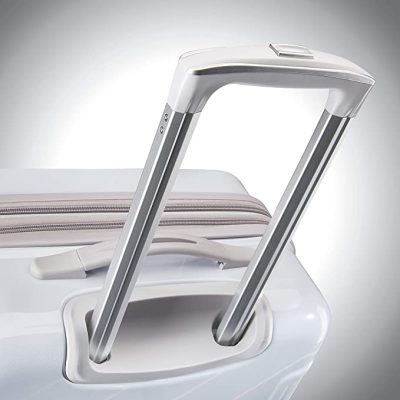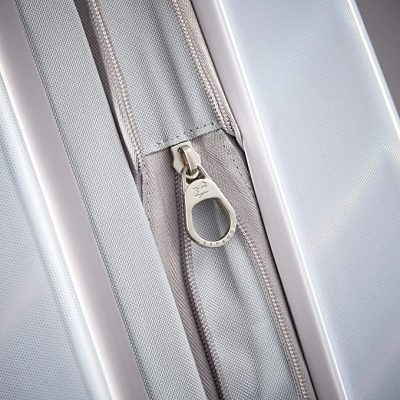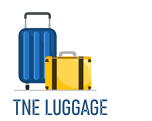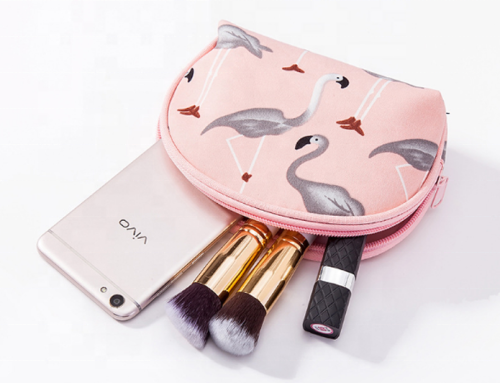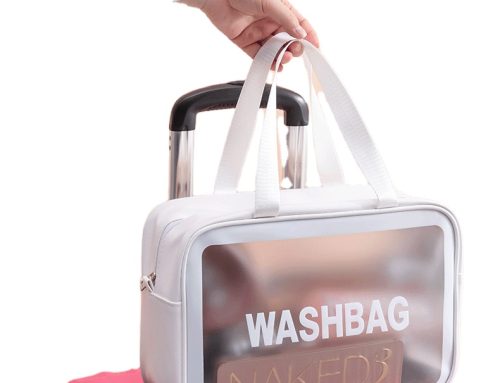1.e and Dimensions: Carry-on luggage must fit within certain size limits, typically indicated in terms of linear inches or centimeters (the sum of length, width, and height). Common dimensions include 22 x 14 x 9 inches (56 x 36 x 23 cm), but these can vary. Make sure your luggage meets these size requirements, including any handles, wheels, and pockets.
2. Weight Limit: Airlines often impose weight limits for carry-on bags. This limit can range from 15 to 25 pounds (7 to 11 kg). Check your airline’s policy to ensure your bag’s weight is within the allowed range.
3. Number of Bags: Most airlines allow passengers to bring one carry-on bag and one personal item, like a purse, laptop bag, or small backpack. Check your airline’s specific policy to understand what they consider a personal item.
4. Prohibited Items: Certain items are prohibited in carry-on luggage due to safety and security concerns. These can include sharp objects, flammable liquids, explosives, and more. The Transportation Security Administration (TSA) provides a detailed list of prohibited items on their website.
5. Liquids, Gels, and Aerosols: The “3-1-1” rule is commonly followed for liquids, gels, and aerosols in carry-on bags. Each container must be 3.4 ounces (100 milliliters) or less, and all containers must fit in a single quart-sized, clear, resealable plastic bag. Each passenger is typically allowed one bag of these items.
6. Electronics and Devices: Laptops, tablets, cameras, and other electronic devices are usually allowed in carry-on bags. However, you might be required to remove larger electronics from your bag during security screening.
7. Medications and Medical Devices: Prescription medications and necessary medical devices are generally allowed in carry-on luggage. It’s a good idea to carry a doctor’s note for any medical equipment or large quantities of medication.
8. Sharp Objects: Sharp objects like knives, scissors, and tools are often prohibited in carry-on bags. Small scissors with blunt tips are sometimes allowed.
9. Sporting Equipment: Sports equipment like golf clubs, skis, and hockey sticks might be subject to special rules or fees. Some airlines allow them as part of your carry-on allowance, while others might require them to be checked.
10. Restricted Items: Certain items, such as sporting equipment, musical instruments, or fragile items, might be allowed in the cabin but need to meet specific guidelines. Always check your airline’s policy for these items.
Remember, carry-on luggage restrictions can change, and they can vary from airline to airline and country to country. It’s important to check the specific guidelines provided by your airline before you travel to avoid any last-minute surprises. Additionally, arriving at the airport early can help you navigate security and any unexpected issues related to your carry-on luggage.
